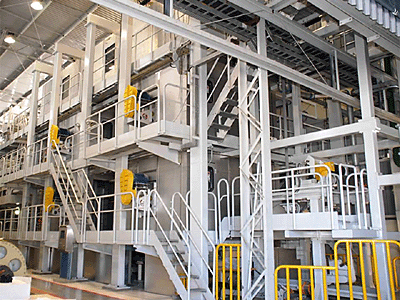 Voith, Germany, this week reported that it is now offering complete pulp drying machines, from headbox to the cross cutter and bale packing. A particularly new and unique feature of the company's pulp dryers is the vertical arrangement of the rolls in the dryer section. The patented innovation saves energy and leads to a much higher evaporation, according to Voith.
Voith, Germany, this week reported that it is now offering complete pulp drying machines, from headbox to the cross cutter and bale packing. A particularly new and unique feature of the company's pulp dryers is the vertical arrangement of the rolls in the dryer section. The patented innovation saves energy and leads to a much higher evaporation, according to Voith.
Installed on a pilot machine in São Paulo, Brazil, the vertical dryer section is saving energy, space, and costs, Voith notes. The installed former, it says, ensures that the web enters the dryer section with a much higher dry content, adding that mechanical dewatering is less expensive than thermal dewatering. With the vertical section, steam consumption in the dryer section is reduced significantly compared with conventional sections, Voith says. Due to more efficient evaporation, the temperature of the web in the dryer section also has been reduced. Another benefit of the higher evaporation rate is the reduced size of the dryer and therefore of the building. High energy and cost savings are thus achieved.
Brazilian pulp producer Lwarcel Celulose in Lençóis Paulista, Brazil, has found additional advantages with the vertical arrangement of the dryer section. Altogether, it reports, the vertical arrangement is substantially more space-saving. Also, Lwarcel installed the vertical dryer section directly after its existing conventional dryer section on a running drying machine, and reports that the vertical section has an extremely practical side-effect when there is a web break—the broke web doesn't build up between the rolls, but instead simply falls through the vertical arrangement. Cleaning takes only minutes rather than hours.
Voith points out that the pilot machine in São Paulo illustrates the entire pulp drying process and offers customers the chance to conduct their own test runs. In the pulp drying arena, Voith has been installing NipcoFlex presses in pulp drying machines since 1998, but the company now is no longer providing just individual components, but rather the entire production line, it emphasizes.
TAPPI
http://www.tappi.org/